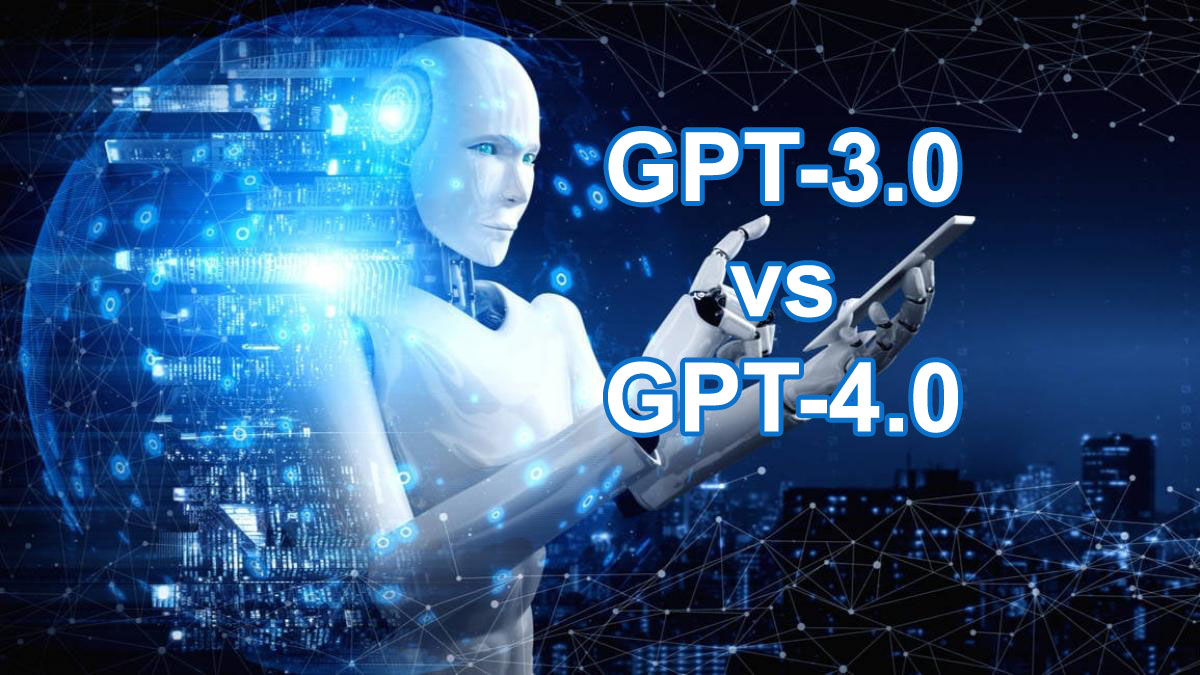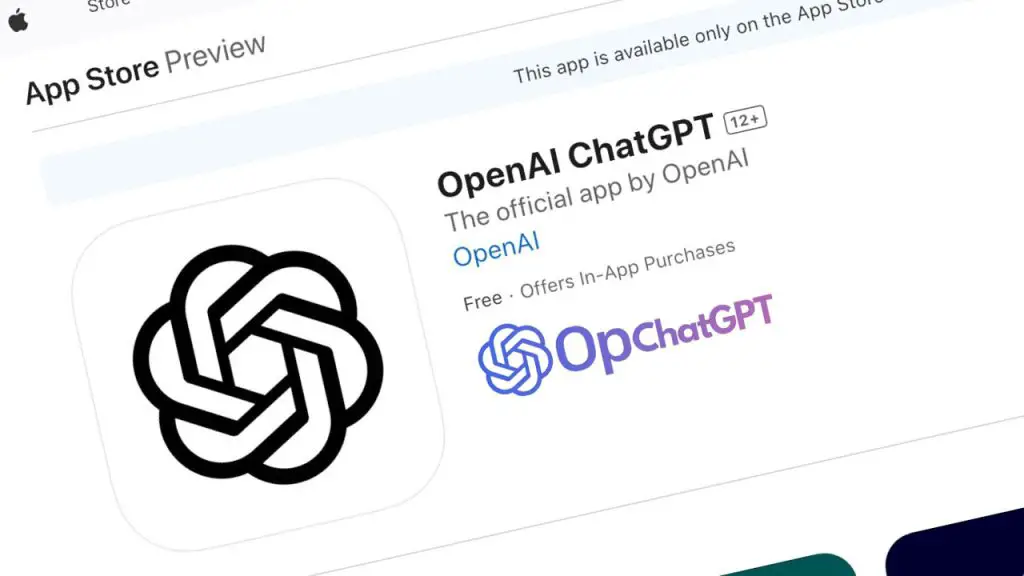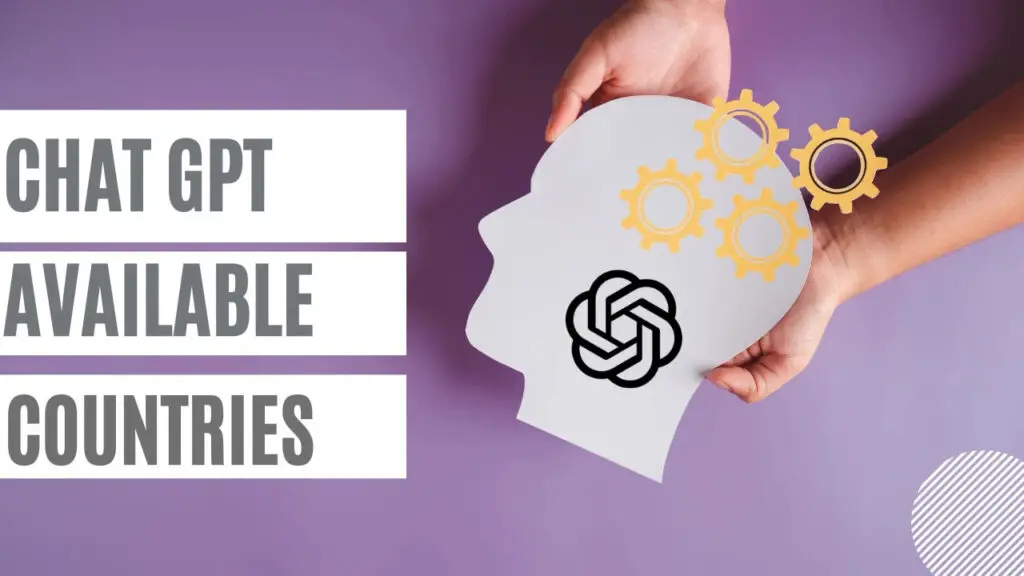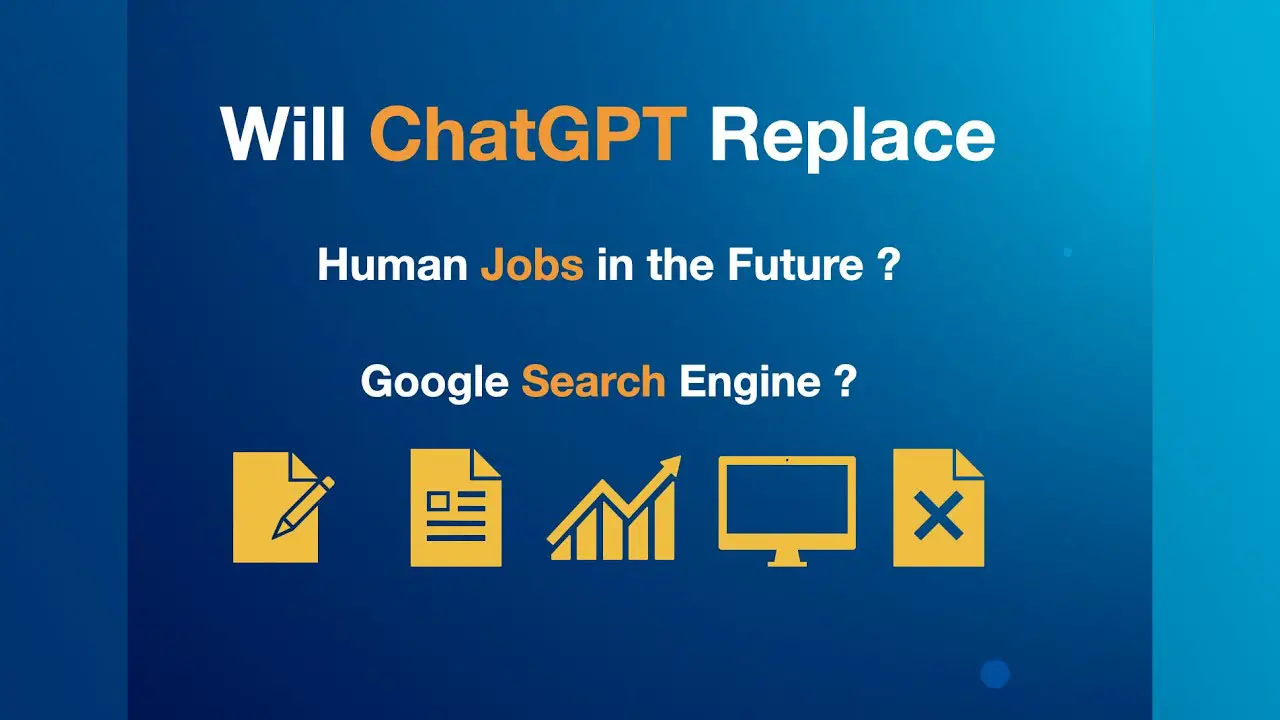Generative Pretrained Transformer (GPT) models have been making waves in the world of artificial intelligence. With improved performance over existing neural network architectures and unprecedented scale, these language processing models have revolutionized natural language-based AI.
The Generative Pretrained Transformer 3 (GPT-3.0) and the Generative Pretrained Transformer 4 (GPT-4.0) are two of the latest tools for developing and improving artificial intelligence (AI). GPT-3.0 was released in May 2020, and its successor, GPT-4.0, is speculated to be released to the public in early 2023. Both GPTs will offer advanced capabilities for natural language processing, but there are some significant differences between the two.
Table of Contents
What is GPT?
The Generative Pretrained Transformer (GPT) is a complex neural network architecture used to train large language models (LLMs). It uses a large amount of public Internet text to mimic human communication.
The GPT language model can be used to provide artificial intelligence solutions that solve complex communication problems. With the GPT-based LLM, computers can perform operations such as text summarization, machine translation, classification, and code generation. GPT also allows you to create conversational AI that can answer questions and provide valuable information about the information models have been exposed to.
GPT is just a text model. Focusing only on text generation allows AI to move through text more efficiently and analyze it without distractions. Although GPT-3.0 is only a text model, we still do not know if GPT-4.0 will continue in this direction or if it will be a multimodal neural network.
Why is GPT so Important?
GPT represents a revolution in the way AI-generated text content is created. GPT models with hundreds of billions of training parameters are incredibly smart and have a significant advantage over all previous versions of language models.
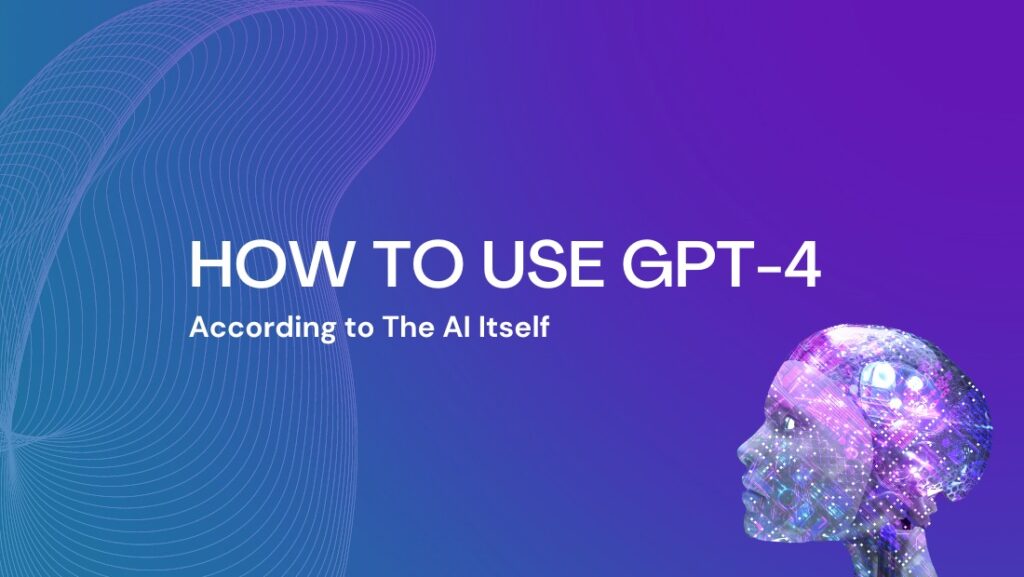
Uses of GPT
GPT can be used in a wide range of applications such as:
- Content Creation: From 18th-century poetry to SQL queries, GPT models can be given any hints and they will start producing consistent and human-like text results.
- Text summarization: With the ability to generate fluent humanoid text, GPT-4 will be able to reinterpret any type of text document and form an intuitive summary of it thanks to its ability to generate fluent humanoid text. This is useful for compressing large amounts of data for more efficient collection and analysis of information.
- Answering questions: One of the main features of the GPT software is its ability to understand speech, including questions. In addition, it can provide precise answers or detailed explanations, depending on the needs of the user. This means that customer service and technical support functions can be significantly improved with GPT-4 based solutions.
- Machine Translation: Language translation tasks performed by GPT-based software are performed instantly and accurately. By training AI on large datasets of already translated material, it can improve its accuracy and fluency. In fact, GPT can do more than just translate from one language to another. GPT artificial intelligence models can even take legal speech and turn it into simple natural language.
- AI-based security: Since the GPT AI is capable of recognizing text, it can be used to identify any form of language. This capability can be used to identify and flag certain types of communication so that dangerous Internet content can be more effectively identified and handled.
- Conversational AI: Chatbot technology developed using GPT software can become incredibly smart. This enables the creation of machine learning virtual assistants capable of helping professionals complete their tasks regardless of the industry. For example, conversational AI in healthcare can be used to analyze patient data to suggest diagnoses and treatment options.
- Application building: AI models like GPT could be able to build applications and build tools with minimal human feedback. As they continue to improve, perhaps they create even more code used to create plugins and other types of software, just describing what you want to achieve.
What are the differences between GPT-3.0 and GPT-4.0?
GPT-4.0 promises a huge leap in performance over GPT-3.0, including improvements to human text generation and speed models.
GPT-4.0 can perform language translation, text summarization, and other tasks in a more versatile and adaptable way. Software trained with it will be able to more accurately determine the intent of users, even if human error interferes with instructions.
More Power on a Smaller Scale
GPT-4.0 is supposed to be only slightly larger than GPT-3.0. The new model removes the misconception that the only way to get better is to get bigger, relying more on machine learning parameters than size. While it will still be larger than most previous-generation neural networks, its size will not be as important to its performance.
Some of the latest language programming solutions implement incredibly dense models, more than three times the size of GPT-3.0. However, size alone does not necessarily lead to higher performance levels. On the contrary, smaller models seem to be the most effective way to train digital intelligence. Many companies are moving to smaller systems and benefiting from them. Not only is their performance improved, but they can also lower their computing costs, carbon footprint, and barriers to entry.
A Revolution in Optimization
One of the biggest disadvantages of language models is the resources that go into training them. Companies often decide to trade accuracy for a lower price, resulting in clearly under-optimized AI models. Often, AI is trained only once, which prevents it from obtaining the best set of hyperparameters for learning rate, batch size, and sequence length, among other features.
For a long time, it was believed that the performance of a model was mainly affected by its size. This has led many large companies, including Google, Microsoft, and Facebook, to invest heavily in building the largest systems. However, this method did not take into account the amount of data that was passed to the models.
More recently, hyperparameter tuning is one of the most significant performance drivers. However, this is not achievable for larger models. New parametrization models can be trained at a fraction of the cost on a smaller scale to then migrate the hyperparameters to a larger system at virtually no cost.
Because of this, GPT-4.0 doesn’t have to be much larger than GPT-3.0 to be more powerful. Its optimization relies on improving variables other than model size, such as higher-quality data, although we won’t be able to get the full picture until it’s released. Incredible progress in all tests can be achieved with a finely tuned GPT-4.0 capable of using the right set of hyperparameters, optimal model sizes, and the exact number of parameters.
What is Meant by Language Modeling?
GPT-4.0 is a huge step forward in natural language processing technology. It can be an invaluable tool for anyone who needs to generate text.
The focus of GPT-4.0 is on expanding functionality and more efficient use of resources. Instead of relying on large models, it’s optimized to get the most out of smaller ones. With sufficient optimization, small models can keep up with and even outperform the largest models. Moreover, the introduction of smaller models allows for more economical and environmentally friendly solutions.
What does this mean for users and businesses?
While the average Internet user may not see much of a difference after implementing GPT-4.0, it will change the way many companies operate. GPT-4.0 will be able to generate a huge amount of content at an incredible speed, allowing companies to manage various aspects of their business using artificial intelligence.
Companies that master GPT-4.0 gain the ability to automatically generate content, saving time and money and expanding their reach. Since the technology can work with any type of text, the practical applications of GTP-4.0 are almost limitless.
How to grow my business?
GPT-4.0 emphasis on functionality leads to increased operational efficiency. Businesses can use AI to enhance their customer support efforts, their content creation strategies, and even improve sales and marketing activities.
GPT-4.0 allows companies to:
- Create large volumes of content: Next-generation advanced language models enable companies to create high-quality content in a very short time frame. For example, a company may rely on artificial intelligence to continually create social media content. It helps the business to maintain a good online presence without having to think about it.
- Expand customer support: AI capable of providing human-like responses is incredibly useful for customer support. By providing clear answers to customer requests, AI solutions can handle the vast majority of common customer support situations. This helps reduce support calls and also provides customers with a more direct way to get answers.
- Personalize your marketing experience: GPT-4.0 will make it easier to create ad content that targets different demographics. AI can create targeted content and ads that are more relevant to the people who will consume them. This strategy can help increase conversion rates among online users.
What will impact software creation?
GPT-4.0 is expected to continue to have an impact on the software development industry. Developers can rely on AI to help them code new programs to automate many of the repetitive tasks of manual programming.
Conclusion
In conclusion, GPT-3.0 and GPT-4.0 represent important advances in the field of language models. The adoption of GPT-3.0 in a multitude of applications has been proof of the great interest in the technology and the continuing potential for its future. Although GPT-4.0 has not yet been released, it is expected to receive significant improvements that will make these powerful language models even more versatile. It will be interesting to see how these models develop in the future, as they have the potential to fundamentally change how we communicate with robots and interpret natural language.
